Idea by
Mahdis Aliasgari
Call for ideas 2016
Illuminating the Non-place
Illuminating the Non-place
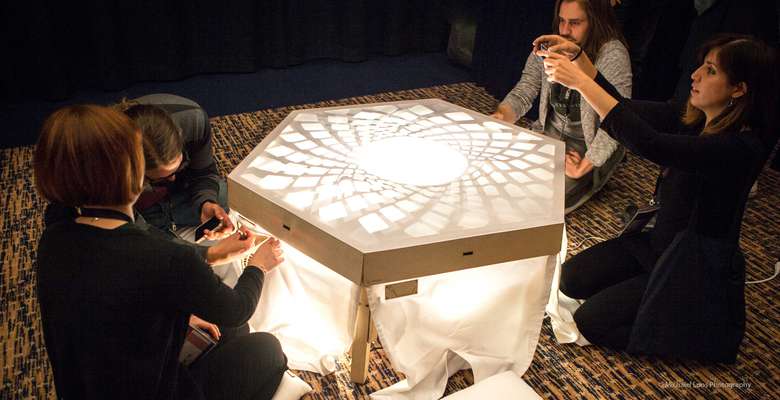
Today, architecture is moving toward more flexibility and smartness in space. The new technologies allow designers/architects to impose new layers of aesthetics, information and interactivity in built/designed environment. But how and to what extent can we integrate these potentials, in people's everyday life in our cities? What does it take to establish designed dialogues between space and people, in a desirable tomorrow’? In my opinion, to start, we need to re-frame the “human-centric” design approach of our time.
From designing the early, practical actions “in context” to building the “provocative prototype”, “illuminating the non-place” seeks to trigger “meaningful interactions’ in a neglected category of space, where we seem destined to spend an increasing percentage of our time.
The images illustrate a “provotype” called CoreSee which works as a charging station for mobile gadgets, as an “excuse” to examine triggering social interaction among the users of non-places.

“CoreSee” has been designed based on the findings from a series of interventions at a non-place.This kinetic installation creates morphic light and shadow patterns activated by the users’ presence.
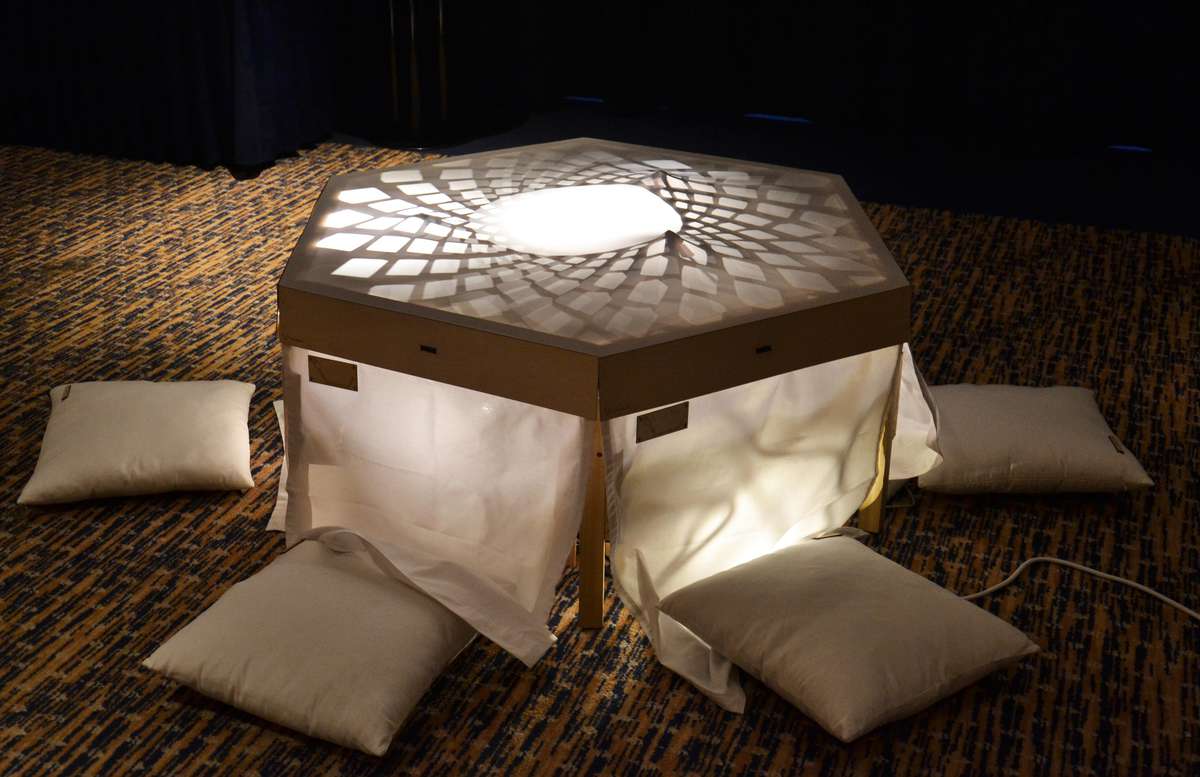
CoreSee is inspired by Korsi, a traditional piece of furniture in Iranian culture consisting of a low table with a heater underneath it and blanket/carpet thrown over it. During meals or special events such as Yalda (longest night of the year) family members used to sit on the floor around it.
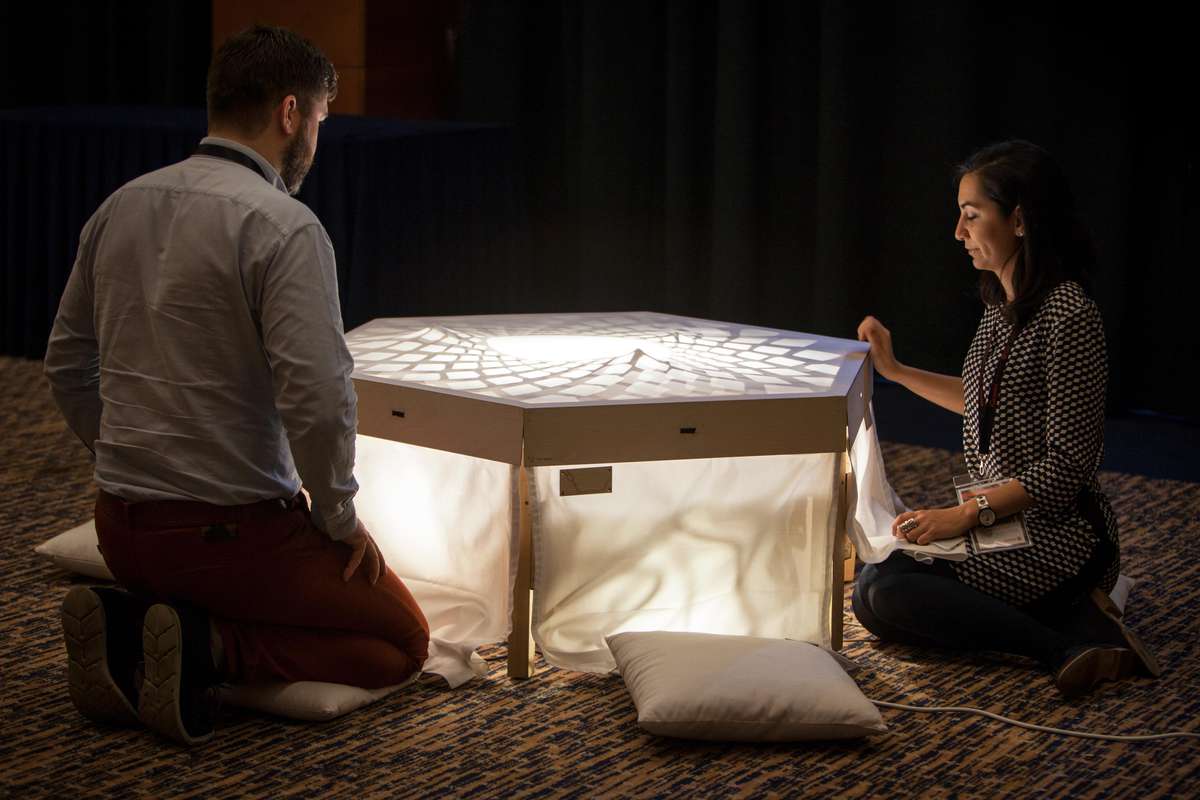
Could a "designed object" establish a sort of indirect connection between strangers? Why is that important? What are the smallest steps toward implementing the notion of "social capital" in future cities?

Controlling the light and the kinetic elements of the installation through Arduino. Also using "Physical Web" technology the story behind the installation can be read by the users, thanks to smart LED modules from Xicato.
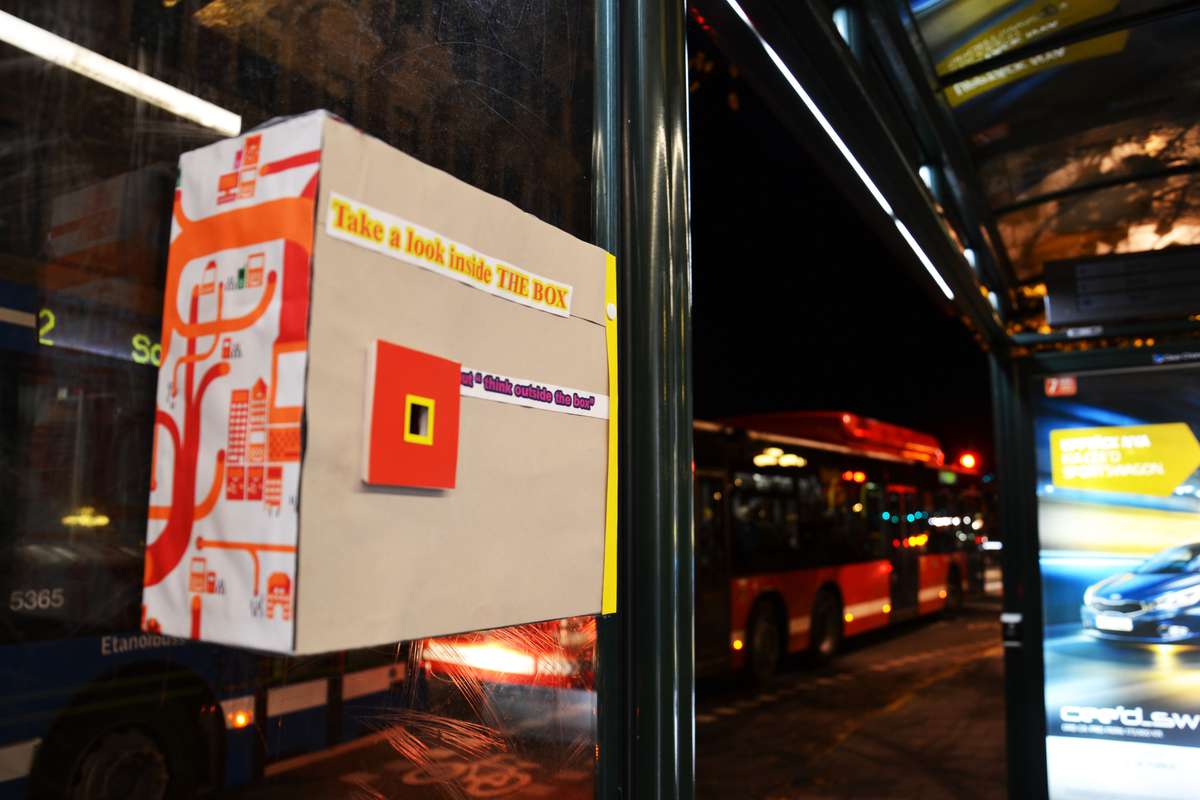
One of the early interventions at a bus-stop, aiming to reveal how a quiet mysterious / surprising object can affect people’s behavior. The box was covered with a colorful pattern and a small hole on the the front, which made it possible to take a look inside the box which was covered with almost the same colorful pattern as outside of it.
A color changing LED, hidden on the right corner of the box made the patterns gradually appear/disappear based on the color of the light.
Illuminating the Non-place
Illuminating the Non-place

Today, architecture is moving toward more flexibility and smartness in space. The new technologies allow designers/architects to impose new layers of aesthetics, information and interactivity in built/designed environment. But how and to what extent can we integrate these potentials, in people's everyday life in our cities? What does it take to establish designed dialogues between space and people, in a desirable tomorrow’? In my opinion, to start, we need to re-frame the “human-centric” design approach of our time.
From designing the early, practical actions “in context” to building the “provocative prototype”, “illuminating the non-place” seeks to trigger “meaningful interactions’ in a neglected category of space, where we seem destined to spend an increasing percentage of our time.
The images illustrate a “provotype” called CoreSee which works as a charging station for mobile gadgets, as an “excuse” to examine triggering social interaction among the users of non-places.
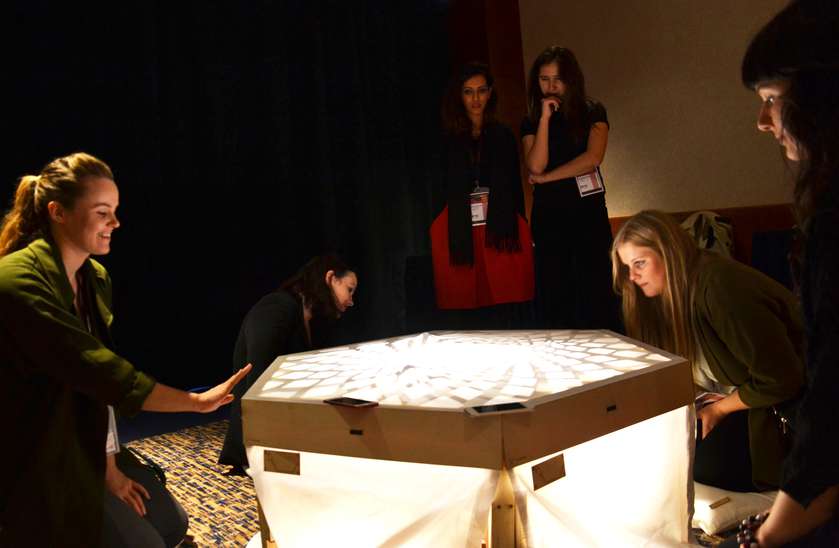
“CoreSee” has been designed based on the findings from a series of interventions at a non-place.This kinetic installation creates morphic light and shadow patterns activated by the users’ presence.
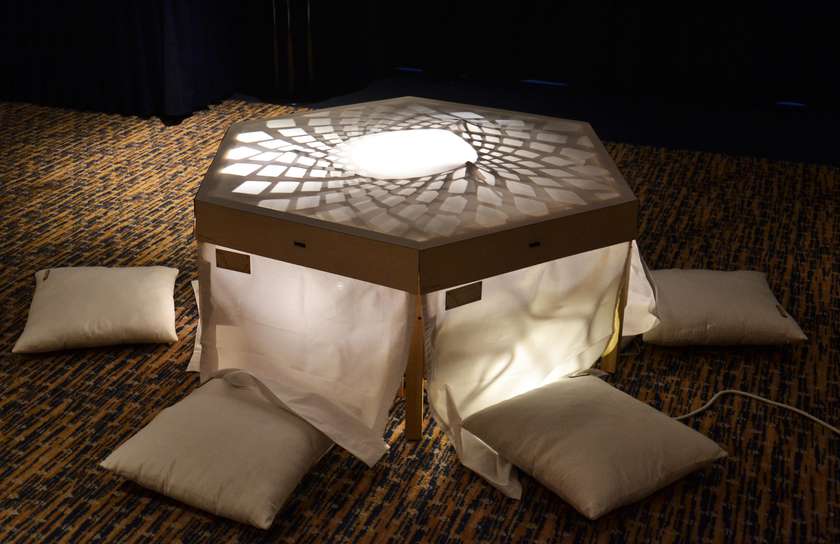
CoreSee is inspired by Korsi, a traditional piece of furniture in Iranian culture consisting of a low table with a heater underneath it and blanket/carpet thrown over it. During meals or special events such as Yalda (longest night of the year) family members used to sit on the floor around it.
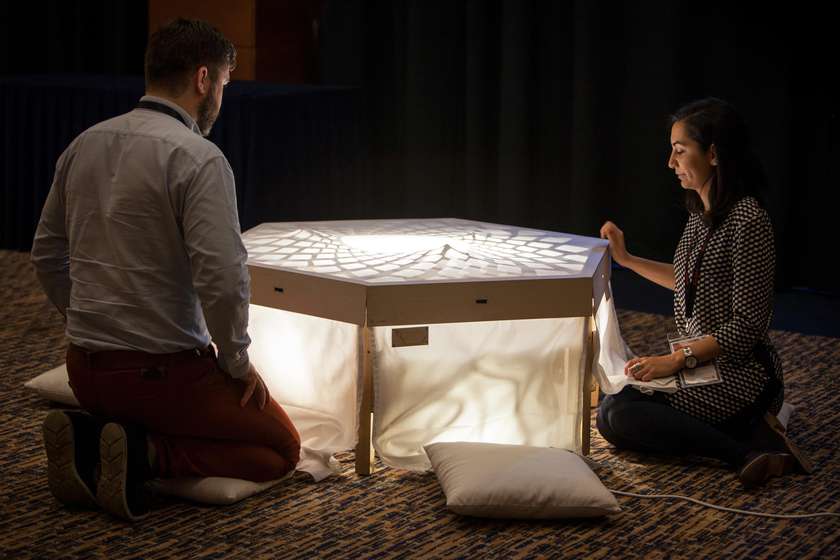
Could a "designed object" establish a sort of indirect connection between strangers? Why is that important? What are the smallest steps toward implementing the notion of "social capital" in future cities?

Controlling the light and the kinetic elements of the installation through Arduino. Also using "Physical Web" technology the story behind the installation can be read by the users, thanks to smart LED modules from Xicato.
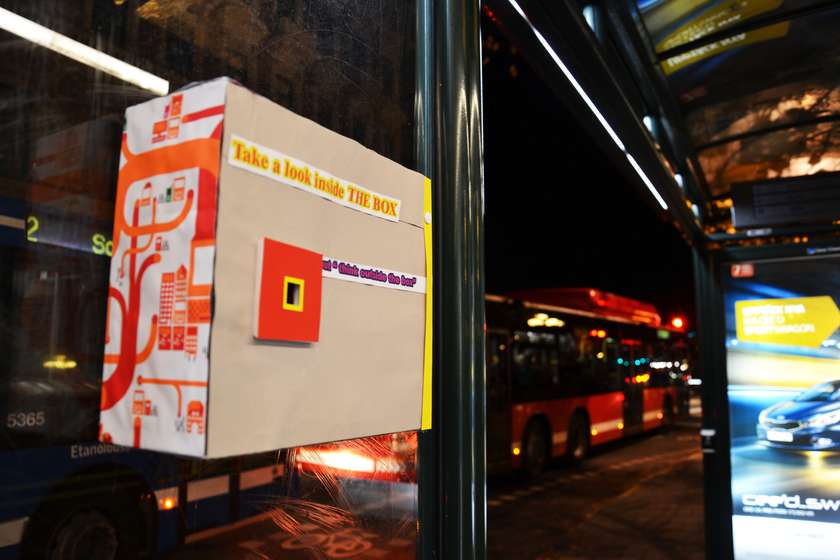
One of the early interventions at a bus-stop, aiming to reveal how a quiet mysterious / surprising object can affect people’s behavior. The box was covered with a colorful pattern and a small hole on the the front, which made it possible to take a look inside the box which was covered with almost the same colorful pattern as outside of it.
A color changing LED, hidden on the right corner of the box made the patterns gradually appear/disappear based on the color of the light.